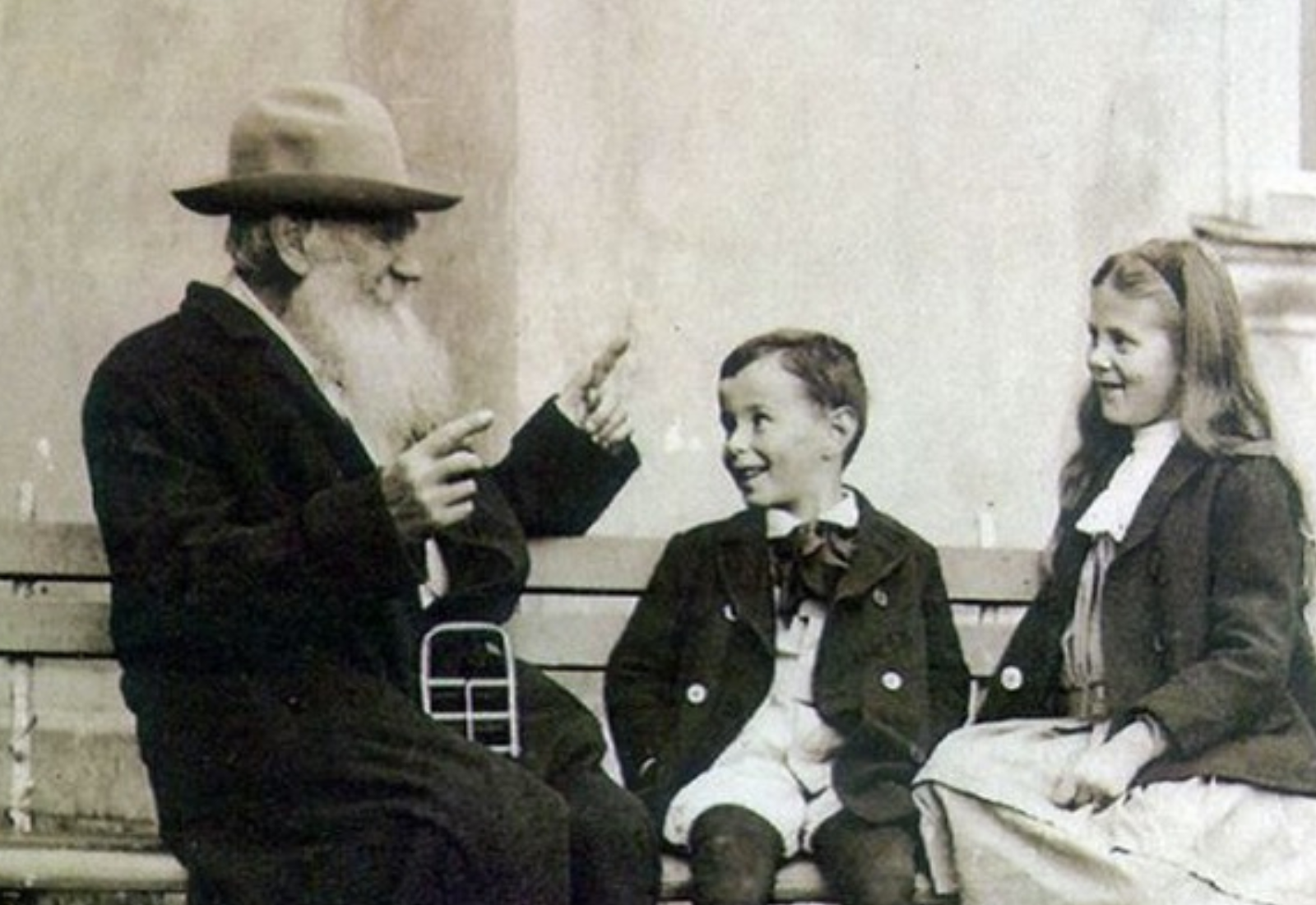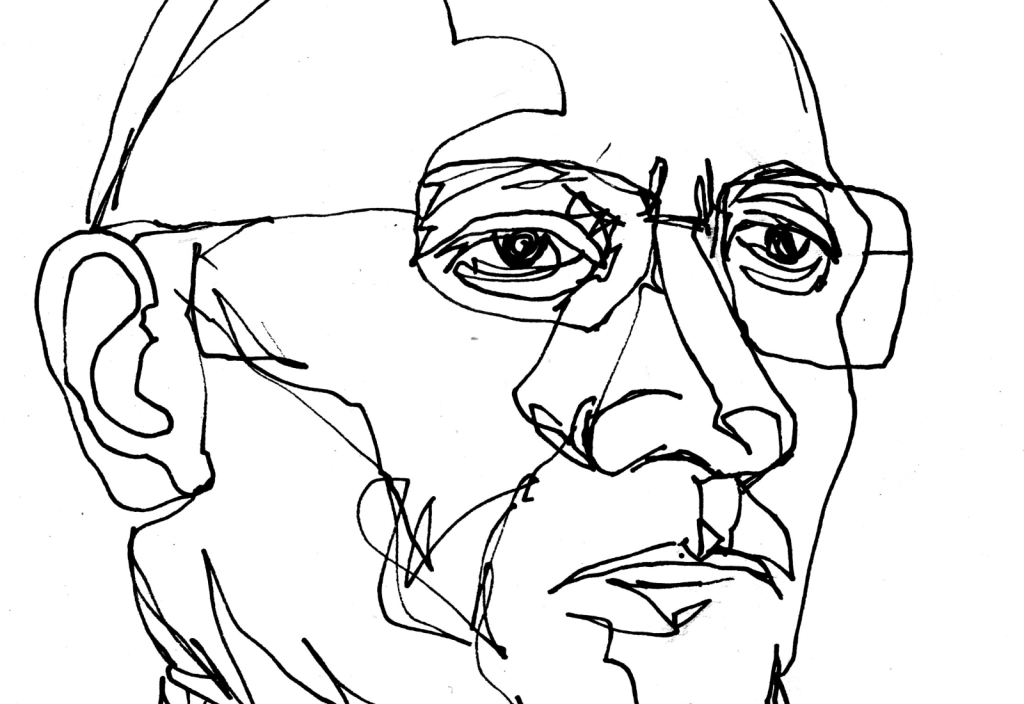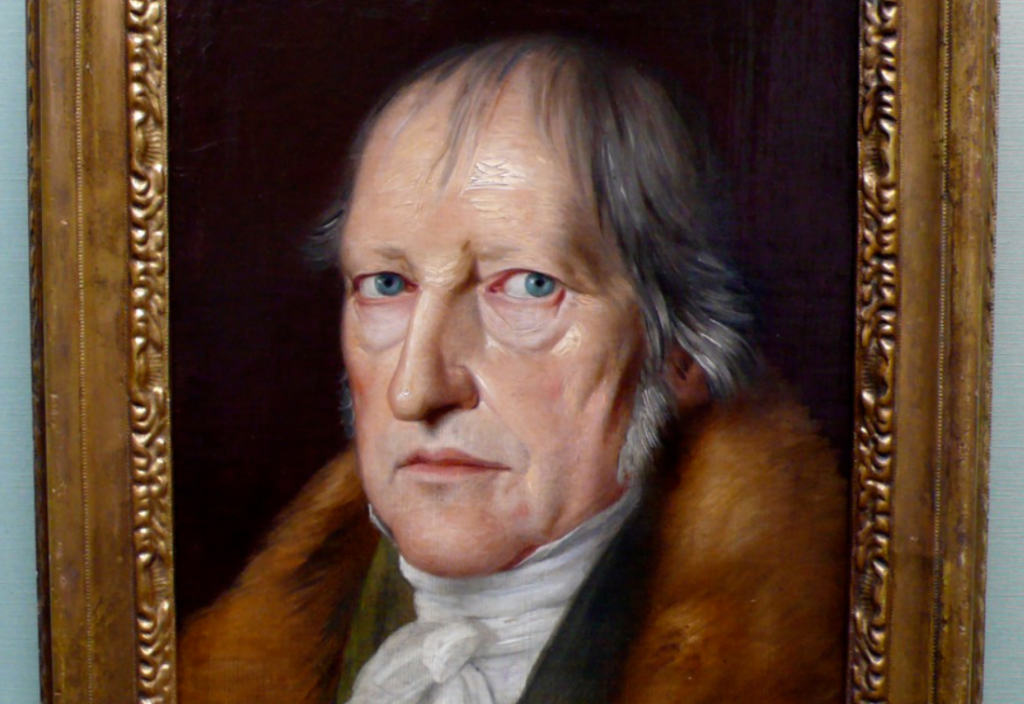Tolstoy’s death in 1910 occurred just seven years before the Russian Revolution. His last two essays What’s To Be Done? [1906] and I Cannot Be Silent [1908] show that he sensed an approaching cataclysm.
By 1906, there had been a momentous change in attitudes towards the government in Russia. Hitherto, it had been regarded as a necessity. But, by 1906, it was widely regarded as a criminal organisation whose repressive measures, which included executions for political offences, were the cause of still more political disturbances. Since the government had lost the confidence of the people, and since its punitive measures were generating a downward spiral, Tolstoy publicly declared that it should resign.
How had this state of affairs arisen? The government responded to charges of excessive violence by pointing out that the revolutionaries had started it: they had employed terrorist methods – “bombing and tunnellings, revolting murders and thefts”, as Tolstoy wrote. The government claimed that such activities had to be firmly put down. However, the argument that “they started it” is not a justification, Tolstoy replied. Two wrongs do not make a right.
As it happens, Tolstoy had a revolutionary agenda of his own: that there should be no private ownership of land. In the mid-19th century, the serfs in Russia had been emancipated. Tolstoy believed that the sequel should be that the peasants had a natural way to use the land on which they had been born. That implied that landowners like himself be dispossessed of their land, with which Tolstoy was in full agreement. On Tolstoy’s showing, a small landholder would have had a right to his land, but he seems not to have noticed that consequence.
His deepest concern at the time was that the spiritual condition of the people had changed. They acquiesced in the principle that “an evil deed committed for the benefit of many, ceases to be immoral”. They spoke about “executions, hangings, murders and bombs” like they used to speak about the weather, wrote Tolstoy. He was near despair.
His mood was lifted by something he never anticipated: a letter from the Transvaal by one M. K. Gandhi. Tolstoy had published widely on something he usually called non-resistance to evil by force. He took the Sermon on The Mount very seriously. Many people had taken the injunction to turn the other cheek as something to be practised within the family, but Tolstoy argued that it should be state policy. He was a thoroughgoing pacifist, right through to refusing to pay taxes used to fund armies.
Tolstoy’s own presentation of the pacifist case tended to make it look rather passive; he even used the term “passive resistance” to violence. Gandhi believed in taking the initiative through civil disobedience campaigns. He knew that refusing to hit back could be interpreted as weakness. In fact, it demanded strength of character and, depending on where it was practised, physical courage. After winning civil rights for Indians in the Transvaal, he intended to do the same in India. Tolstoy loved him. His last letter to Gandhi was written two months before he died.
Image source: Dr J Clarke on Flickr (CC)














